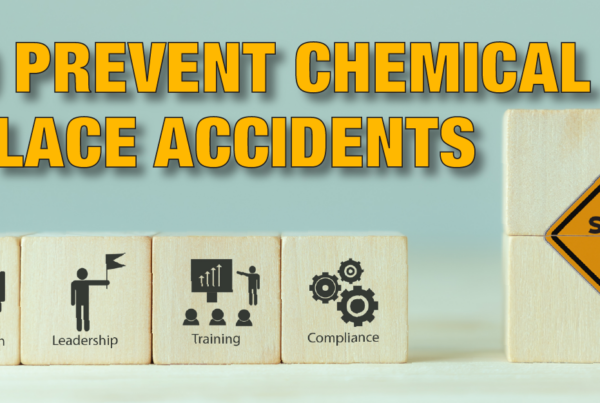FAQs Arising from My Attendance at the SCHC Conference
Last week I had the pleasure of attending a Q&A session at the fall session of the SCHC conference. The session included speakers from OSHA and Health Canada. There were a number of great questions, and here are some of those questions and answers that stood out to me.
Question:
Are any required pictograms being considered by OSHA for combustible dusts?
Answer:
This topic is in discussion, but there is definitely an aversion to creating whole new pictograms (i.e., non-current GHS pictograms).
Question:
Will there be a Word template (like the old OSHA form 174) provided by OSHA?
Answer:
Yes, but progress on it is very slow since it is not a priority.
Question:
Has there been any progress by OSHA on creating more pictogram precedence rules? Right now if you have an acute toxicity classification requiring a skull and crossbones, you would still have to include the exclamation if you had a STOT SE Category 3 material. The exclamation seems redundant.
Answer:
There is “some” discussion on this but, more pressure from industry is needed for this discussion to progress further.
Question:
Is it okay with OSHA to continue using HMIS/NFPA in a US workplace?
Answer:
Yes, but you need to make sure training and other information available on the GHS hazards of chemicals used in the workplace is readily available. Also, by 2016, HMIS/NFPA ratings are updated to reflect any “new” GHS hazards identified by a GHS classification. Using HMIS/NFPA alone to accomplish workplace labeling is not acceptable.
Question:
Is there any movement in the US & Canadian governments, to require including the classifications of ingredients in a mixture on the SDS, particularly in the situation where you are listing an ingredient but it’s a “trade secret” – similar to how the EU requires classifications to be listed for ingredients in a mixture?
Answer:
Both Health Canada and OSHA indicated there are no changes expected to SDSs to require ingredient classifications to be listed. You would have to refer to manufacturers of your ingredients separately to try and get the classification information needed.
Question:
What is happening with WHMIS acceptable ranges? They are gone from WHMIS 2.0, but will they be reintroduced?
Answer:
WHMIS 2.0, for now, will continue to require exact concentrations; or the specific range of the ingredient (i.e., if you know your ingredient varies between 1.5% and 1.8% you would list that.
Question:
Is there any specific date for when training on the new WHMIS changes has to be done by?
Answer:
Training requirements falls under provincial regulations, and as of yet, there is no information.






 ICC USA
ICC USA ICC Canada
ICC Canada